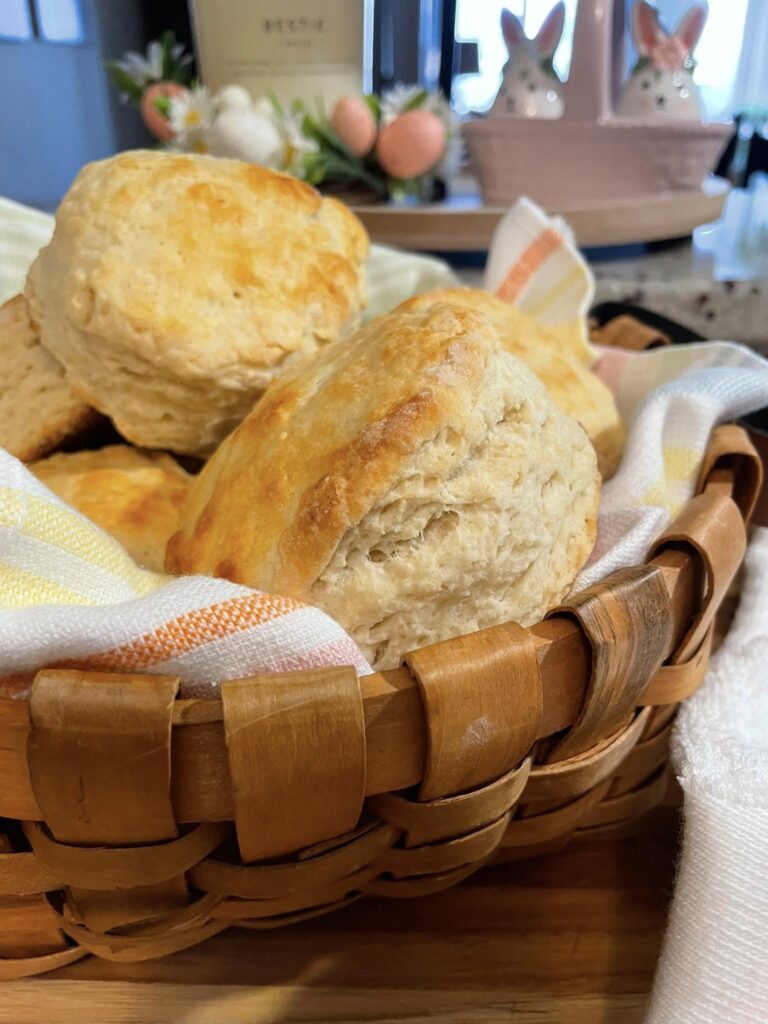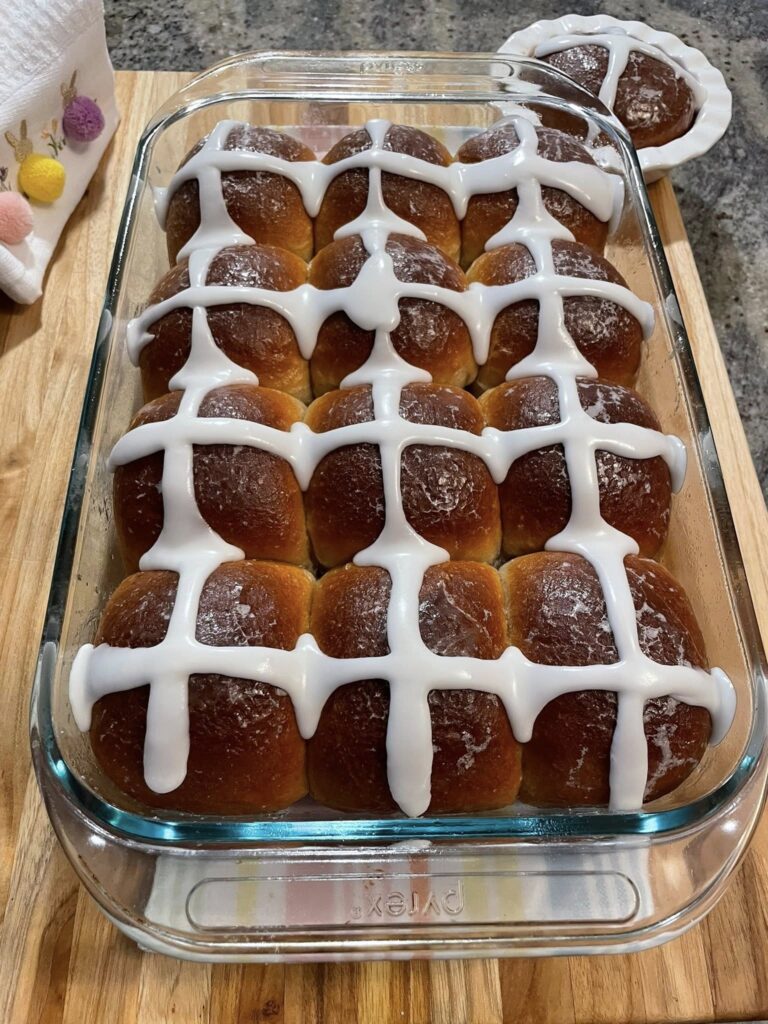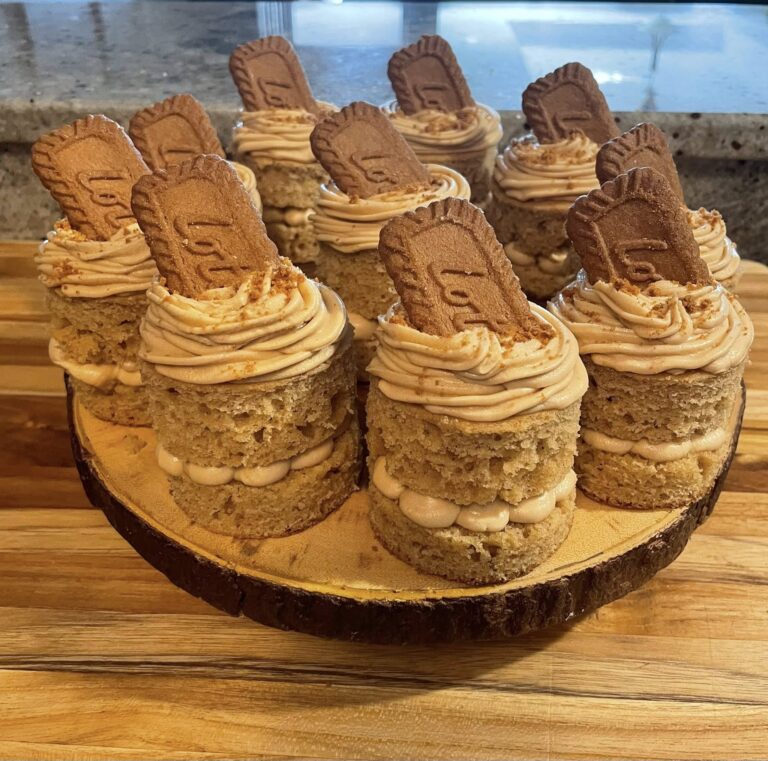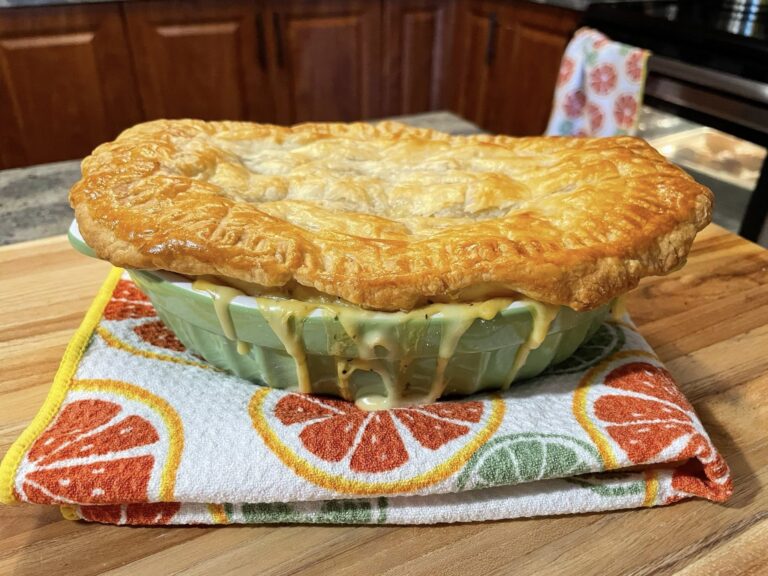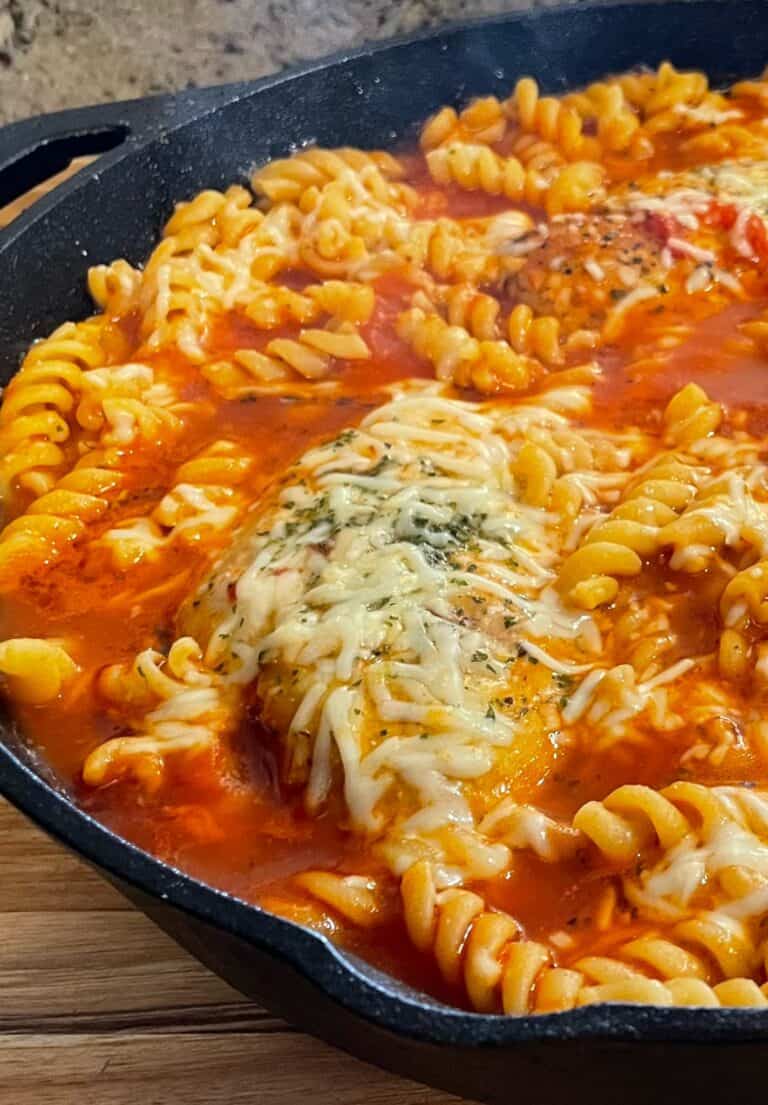One Bowl Gingerbread Bundt Cake – 5‑Minute Irresistible Holiday Classic
One Bowl Gingerbread Bundt Cake – 5-Minute Irresistible Holiday Classic
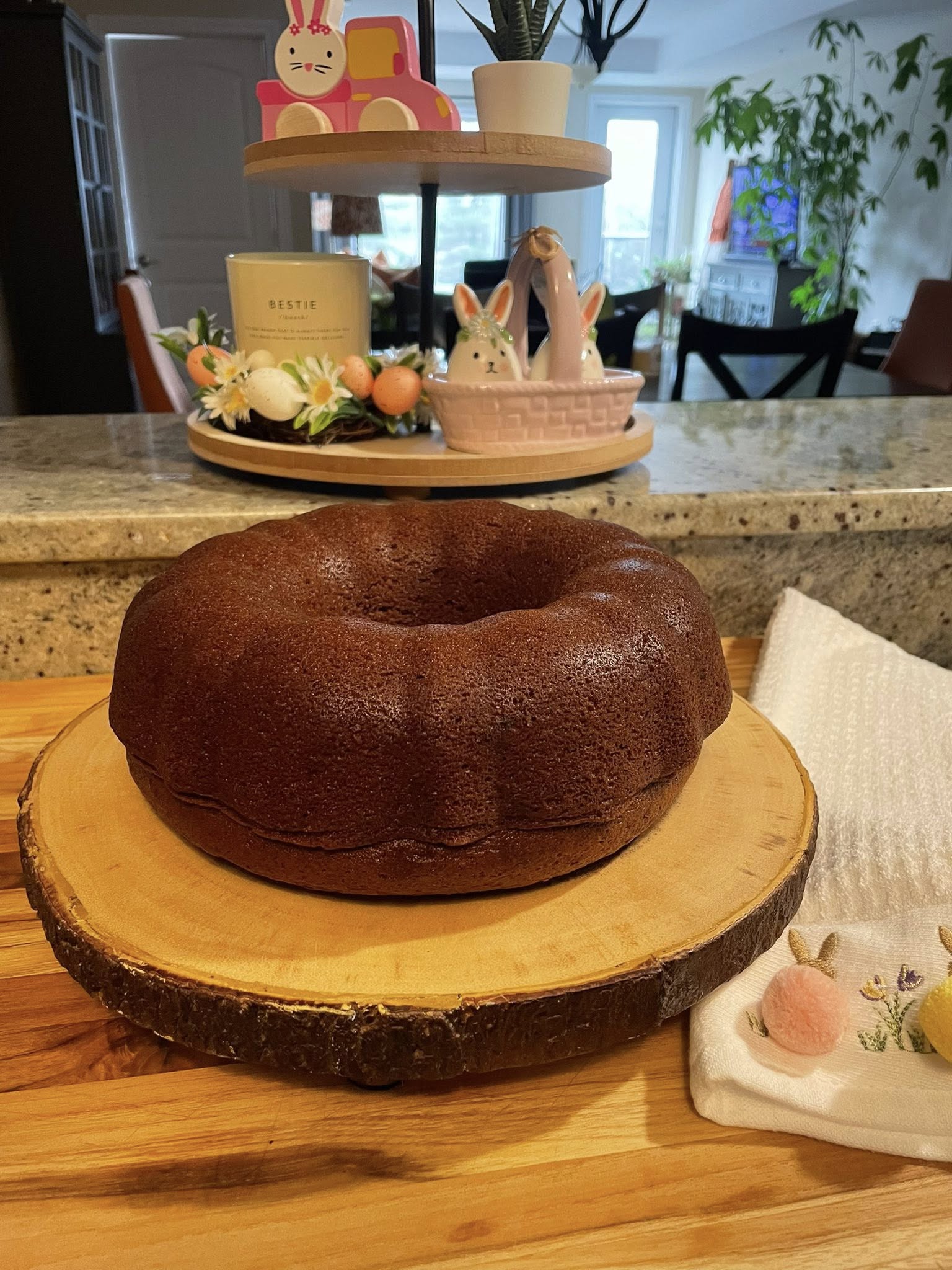
A Whiff of Christmas in June (≈320 words)
One bowl gingerbread bundt cake was my Granny’s cure‑all. She always said the quickest way to “change the weather in your house” was to warm the oven and let a pan of gingerbread work its magic. One sniff of molasses, ginger, and cinnamon, and suddenly folks get chatty, the dog curls up closer, and the day feels a little more December 24th than whatever is on the calendar.
This recipe is scribbled in my mother’s blue‑ink notebook under the title “Crosby’s Gingerbread Cake.” It’s the old Maritime standby that calls for Crosby’s Fancy Molasses, just one egg, and a full cup of boiling water—proof that frugal pantry cakes can still be grand. I’ve kept all that homespun simplicity but poured the batter into a Bundt pan, dropped the oven to 325 °F (dark pans brown quickly!), and discovered the most handsome, slice‑able ring of spice you ever did see.
Even better? The whole batter comes together in one bowl—no fancy mixers, no sifting stations, no sink full of dishes. Five minutes of stirring, forty minutes of baking, and your kitchen smells like Santa’s workshop. Serve it the Maritime way: piping hot with a thick pat of butter melting into every gingered crumb.
While the scent of gingerbread feels tailor‑made for December, Granny never believed in seasonal limits. She’d whip up this cake at the first crack of an autumn frost, or in the dead heat of July when hay baling left everyone worn to the bone. She claimed the smell of molasses carried a cooling hush in summer and a warming hug in winter. I remember one blustery January night when the power flickered; Mom lit oil lamps, Granny stoked the wood stove, and I stirred this very batter by lantern light. We listened to sleet ping the window while the Bundt pan slowly rose and domed. When the timer finally rang, the whole room smelled like ginger‑spiced hope.
As an adult I bake it whenever a snow day strands the neighborhood kids or when a thunderstorm steals the Wi‑Fi—any moment life needs a gentle reset. It’s amazing what a slice of warm gingerbread (and a smear of salted butter) can solve.
Ready to fill your home with sweet holiday nostalgia—no matter the season? Grab that jar of molasses and let’s bake!
Why You’ll Fall in Love With These One‑Bowl Gingerbread Bundt Cakes
- Five‑Minute Batter – Dump, stir, and pour. Truly one bowl.
- Deep Molasses Flavor – Crosby’s Fancy Molasses lends richness without extra fat.
- Bundt‑Pan Beauty – No frosting needed; those curves are party‑ready straight from the pan.
- Moist for Days – Boiling water keeps the crumb tender, so leftovers taste bakery‑fresh.
- Freezer Friendly – Wrap slices individually for a quick coffee companion all month long.
The Heart of the Dish: Key Ingredients
- Crosby’s Fancy Molasses – The recipe’s dark soul—earthy, caramelly, and essential for real gingerbread tang.
- Fresh Ground Ginger & Cinnamon – A one‑two spice punch; add a pinch of clove or nutmeg if you like an extra‑warm bite.
- Boiling Water – Thins the viscous molasses and “bloom” the spices, giving you a glossy, pourable batter and super‑moist cake.
Variations: Swap in blackstrap molasses for deeper bitterness, or replace half the water with strong coffee for mocha undertones.
Helpful Kitchen Equipment
- 10‑cup non‑stick Bundt pan (dark metal)
- Pastry brush + melted shortening for thorough greasing (why it matters) (seriouseats.com)
- Large heat‑safe mixing bowl
- Rubber spatula
How to Make One‑Bowl Gingerbread Bundt Cake Step‑by‑Step
1 – Mix the Batter
In a big bowl whisk flour, sugar, spices, soda, and salt. Drop in your soft butter, molasses, and egg; beat (wooden spoon is fine) two full minutes—about 300 strokes if you’re feeling vintage.
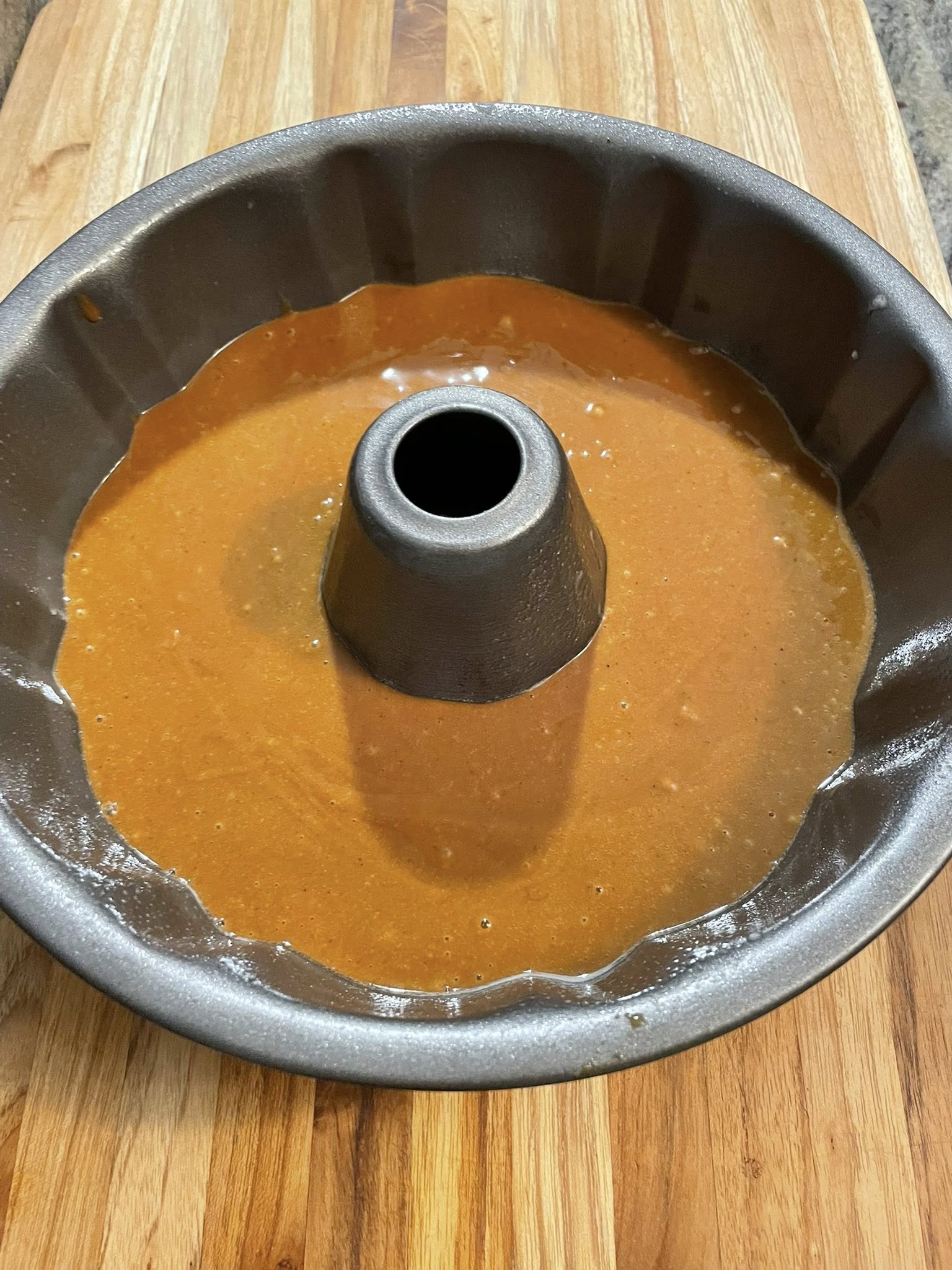
2 – Bake Until the Kitchen Smells Amazing
Slide the pan onto the center rack and bake 40 minutes at 325 °F (or 350 °F for light pans) until a toothpick comes out with just a crumb.
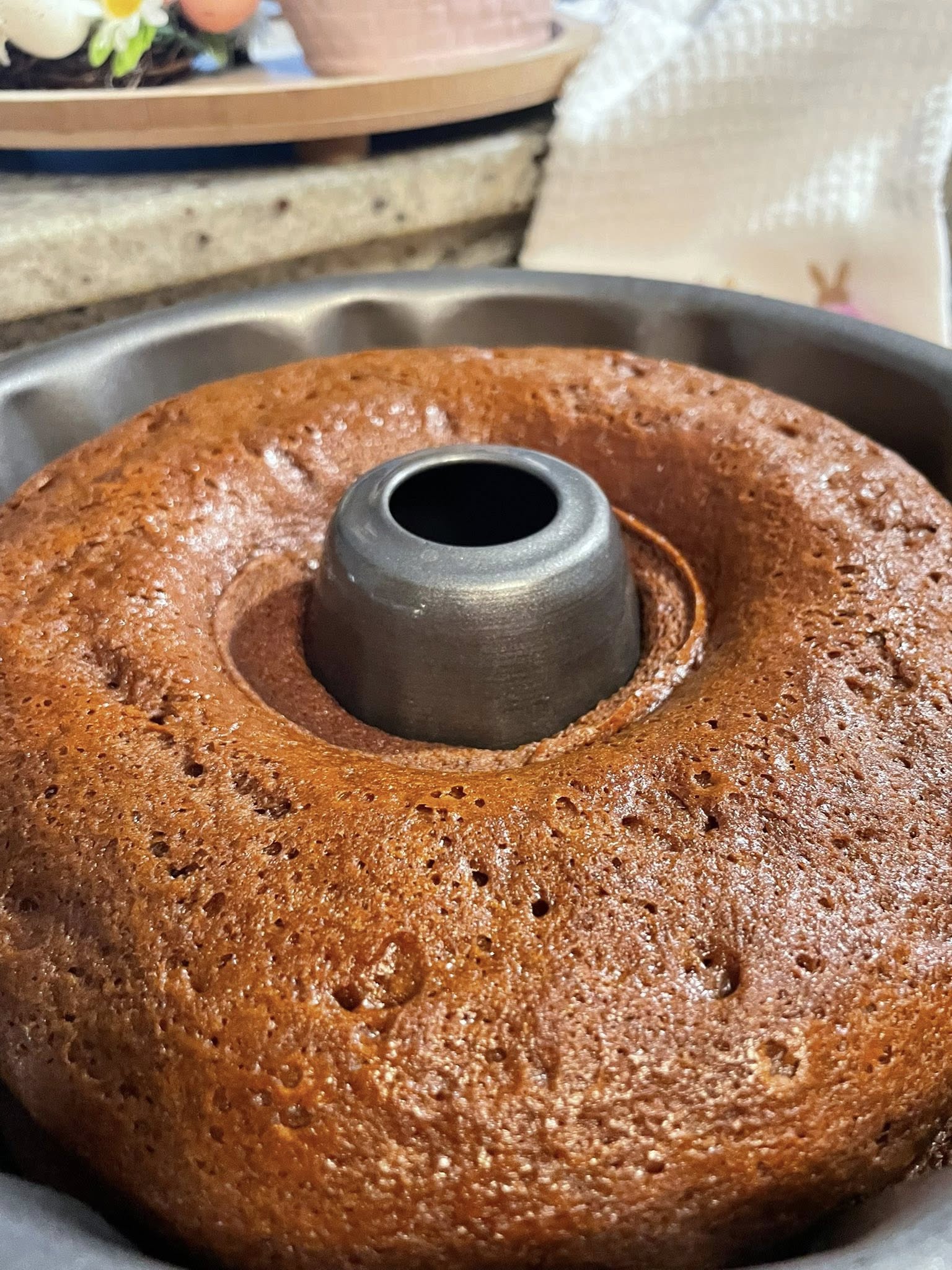
3 – Cool & Unmold
Cool 10 minutes, then turn out onto a wire rack or rustic wood slice.
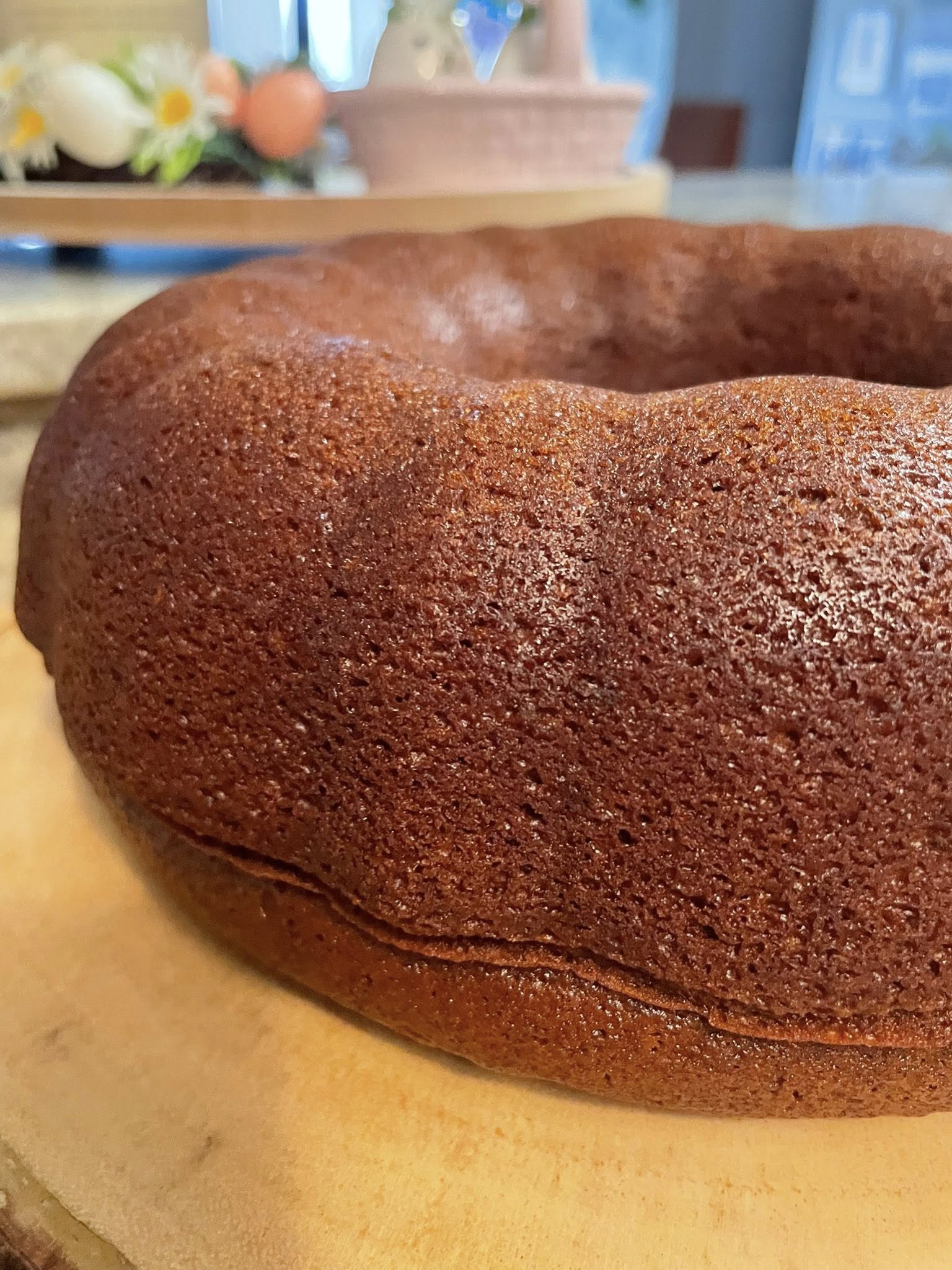
4 – Slice & Serve Hot with Butter
Cut generous wedges; top with salted butter, whipped cream, or lemon sauce.
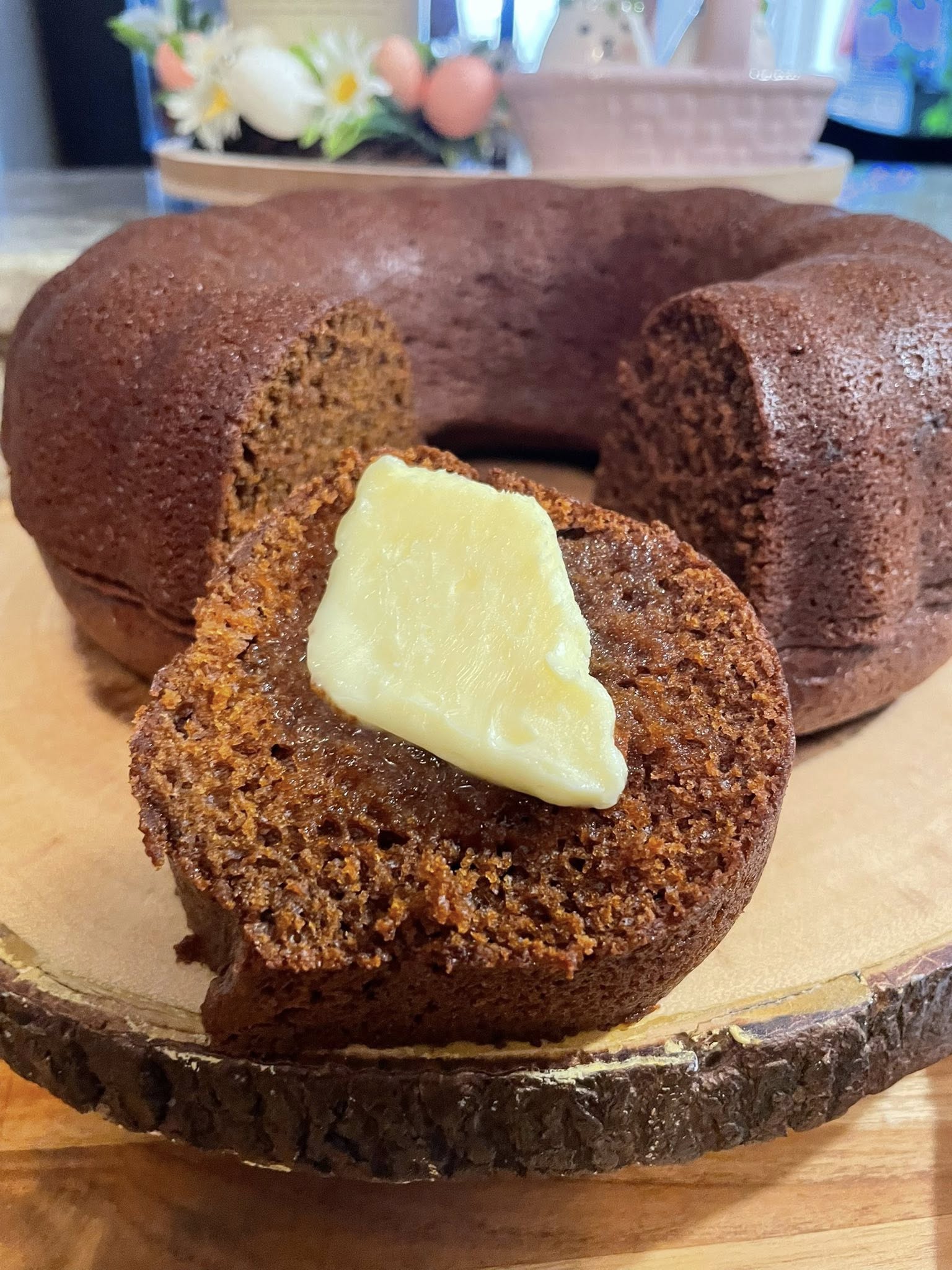
Secrets from an Old‑Country Kitchen (Pro Tips)
- Grease Every Crevice – Use melted shortening, not spray, for perfect release—especially in ornate pans.
- Lower Temp for Dark Pans – 325 °F prevents over‑browning; light aluminum can stay at 350 °F.
- Steam = Moisture – Place an empty baking sheet on the rack below; splash in 1 cup hot water to create gentle steam.
- Overnight Rest – Gingerbread spices deepen after 24 hours. Wrap the cooled cake and let it sit—flavor magic!
- Glaze Optional – A quick lemon‑powdered‑sugar drizzle brightens the deep molasses notes.
What to Serve With Gingerbread Bundt Cake
- Strong black coffee or hot toddies on a snowy night.
- My Biscoff Mini Cakes for a two‑cake dessert tray.
- A dollop of cinnamon‑spiked whipped cream or vanilla ice cream.
A Brief History of Gingerbread
Gingerbread has traveled a winding road from medieval Europe to your cozy country kitchen, changing shape—and spice level—everywhere it roamed. The earliest forms were honey cakes flavored with crushed ginger root, prized not for their sweetness (sugar was scarce) but for ginger’s reputation as a warming tonic that “aided digestion and lifted the spirits.”
By the 15th century, monasteries in Germany and England baked dense ginger “breads” pressed into decorative wooden molds—angels, knights, and royal crests. Elizabeth I is credited with popularizing gingerbread cookies cut into the shapes of visiting dignitaries, a cheeky party favor of her court. Colonists later carried molasses‑based versions to North America, where affordable New World sweeteners made gingerbread a year‑round farmhouse staple.
Our Maritime recipe leans on Crosby’s Fancy Molasses, imported into Canada’s eastern ports since 1879. Molasses kept well on long sea voyages and added iron‑rich depth to otherwise humble cakes. The addition of boiling water—the hallmark of this “one bowl gingerbread bundt cake” you’re baking today—appeared in Depression‑era cookbooks as a thrifty way to activate soda and stretch scarce butter.
So each bite you take isn’t just dessert—it’s a delicious slice of culinary history, sweetened by centuries of resourceful bakers who turned simple pantry staples into fragrant celebration.
Storing and Reheating
- Counter: Wrap tightly; keeps 4 days moist.
- Freezer: Slice, wrap, and freeze up to 2 months. Thaw at room temperature.
- Reheat: Microwave slices 10 seconds or warm in a 300 °F oven 5 minutes to revive that fresh‑baked aroma.
Frequently Asked Questions (FAQ Schema)
Q: Can I bake this in a 9 × 13 pan?
A: Yes—keep the temp at 350 °F and start testing at 30 minutes.
Q: What type of molasses is best?
A: Fancy or mild molasses gives balanced sweetness; blackstrap will make the cake darker and more bitter.
Q: How do I keep the cake from sticking in the Bundt pan?
A: Grease with melted shortening, dust with flour, and unmold after exactly 10 minutes of cooling.
Conclusion & Call to Action
There you have it—a one‑bowl gingerbread bundt cake that tastes like Christmas morning and cleans up like a Tuesday night supper. If a warm slice with butter melted down the sides doesn’t cure the blues, I don’t know what will!
So, curious baker: Do you dust your gingerbread with powdered sugar or slather on lemon glaze? Let’s start a sweet debate in the comments! And if this recipe brings a little holiday cheer to your kitchen, pin it or share on Facebook so more folks can catch that molasses‑spice fragrance.

One‑Bowl Gingerbread Bundt Cake
Ingredients
Method
- Prep Pan – Grease a 10‑cup dark Bundt pan with shortening; preheat oven to 325 °F.
- Combine Dry – In a large heat‑safe bowl whisk flour, sugar, spices, baking soda, and salt.
- Add Wet – Drop in butter, molasses, and egg; beat 2 minutes by hand or with mixer on medium.
- Boiling Water – Pour in boiling water; beat another 2 minutes until batter is glossy.
- Bake – Pour batter into pan; bake 40 minutes, or until toothpick comes out clean.
- Cool 10 min – Set pan on rack 10 minutes; invert to release cake.
- Serve – Slice warm; top with butter, whipped cream, or lemon glaze.
